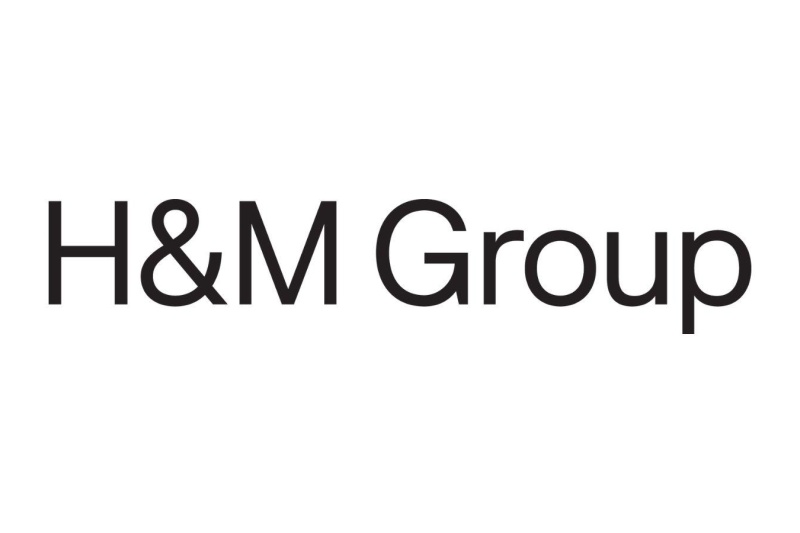
The SBTi’s State of Play for Financial Institutions: Near-Term, Net-Zero and Everything in Between
15th Aug 2024
SBTi's FI Research Lead Eoin White and FINZ Manager Jana Mintenig explain how FINT V2 and Draft FINZ Standard are interconnected, as well as the key differences between the two documents.
Banks, insurers, investors, private equity firms and the rest of the finance industry play a major role in enabling the corporate sector to survive, grow and transform. In turn, by utilizing their position as the owners and allocators of capital and other financial instruments, financial institutions (FIs) have the opportunity to be shepherds of the transition to a net-zero global economy.
The Science Based Targets initiative (SBTi) first launched criteria for FIs to set near-term emissions reduction targets in 2020. Since then, over 120 FIs from around the world have had their targets validated by the SBTi, with another 200+ committed to do the same. Earlier this year, the SBTi responded to demand from the market with Version 2 of the Financial Institutions’ Near-Term (FINT) Criteria, which improves usability and increases the minimum near-term ambition to 1.5°C.
Now, to empower FIs to look further into the future and align long-term targets with what’s needed to reach net-zero emissions before 2050, and to provide a more comprehensive framework for both near and long-term targets, the SBTi is developing its first Financial Institutions Net-Zero (FINZ) Standard. A Draft FINZ Standard was released in July 2024 for public consultation and pilot testing, and will remain available for feedback through September 20th.
As the SBTi continues to develop a final FINZ Standard for implementation, we want to clearly show how FINT V2 and Draft FINZ Standard are interconnected, and the key differences between the two documents.
Timeline of targets: The Draft FINZ Standard includes near- and long-term target setting criteria
| FINT V2 | Draft FINZ Standard |
|---|---|
|
|
As is reflected in the SBTi’s near-term criteria for corporates, FINT V2 requires FIs to set near-term science-based targets no less than 5 years and no more than 10 years in the future. The Draft FINZ Standard includes the same requirements, and goes further to ensure that FIs are consistently meeting interim milestones in their long-term path to net-zero alignment.
Scope of activities: The Draft FINZ Standard expands coverage
| FINT V2 | Draft FINZ Standard |
|---|---|
|
|
FINT V2 and the Draft FINZ Standard encompass both lending and investment activities for a wide range of different financial institution types. The Draft FINZ Standard also covers insurance underwriting and capital market activities. The expansion of activities covered under the Draft FINZ Standard enables FIs to address all financial services that need to be aligned with global climate goals.
Methods and metrics: The Draft FINZ Standard incorporates new, overarching alignment targets to increase interoperability
| FINT V2 | Draft FINZ Standard |
|---|---|
Choices between:
|
|
As per Version 1 of FINT, V2 continues to offer FIs a choice between four different target setting methods to set near-term targets, each of which uses different timeframes and minimum ambition levels. The criteria also clearly states which of the four target setting methods can be used for each required and optional asset class.
The Draft FINZ Standard proposes an overarching portfolio alignment target, expanding the range of eligible methods. This not only increases interoperability, but also updates and expands the existing methods for near-term targets compared to those offered under FINT V2. The Draft FINZ Standard establishes both emissions and alignment targets, and consolidates two of the existing methods (temperature rating and portfolio coverage) into a new, more universal alignment method. This new approach enables FIs to direct funds and activities towards companies and projects that are actively transitioning, or already transitioned, to net-zero. It will also enable a broader range of alignment methodologies to be incorporated over time.
Coverage approach: The Draft FINZ Standard simplifies portfolio boundaries
| FINT V2 | Draft FINZ Standard |
|---|---|
|
|
FINT V2 includes required, optional and out-of-scope asset classes for FIs to consider when defining a portfolio boundary to set near-term targets. It also includes separate coverage requirements defined within each asset class, meaning that targets can vary greatly depending on if a given FI decides to include any number of optional asset classes.
The coverage required in the Draft FINZ Standard extends beyond the requirements of FINT V2, and simplifies activities as either in- or out-of-scope with a single coverage threshold based on revenue. Simply put, all in-scope activities must eventually be aligned towards a net-zero performance level. The Draft FINZ Standard helps FIs understand which of their in-scope activities should be prioritized based on the climate impact and level of influence, and shows how FIs can grow the alignment of all in-scope activities over time.
With FINT V2 published and the FINZ Standard under development, FIs are well positioned to begin taking the immediate action necessary to begin transitioning to net-zero. FIs can use FINT V2 to set near-term targets today, and will soon be able to upgrade those targets using the final FINZ Standard.
The SBTi is holding a public consultation and pilot testing on the Draft FINZ Standard, which FIs and experts from around the world are encouraged to participate in. Once both are complete, feedback will be compiled to inform potential edits to the final draft. The FINZ Standard is expected to be released in 2025.
To stay up to date on the latest finance sector updates from the SBTi, sign up to our newsletter and follow the SBTi on LinkedIn and X (formerly known as Twitter).



